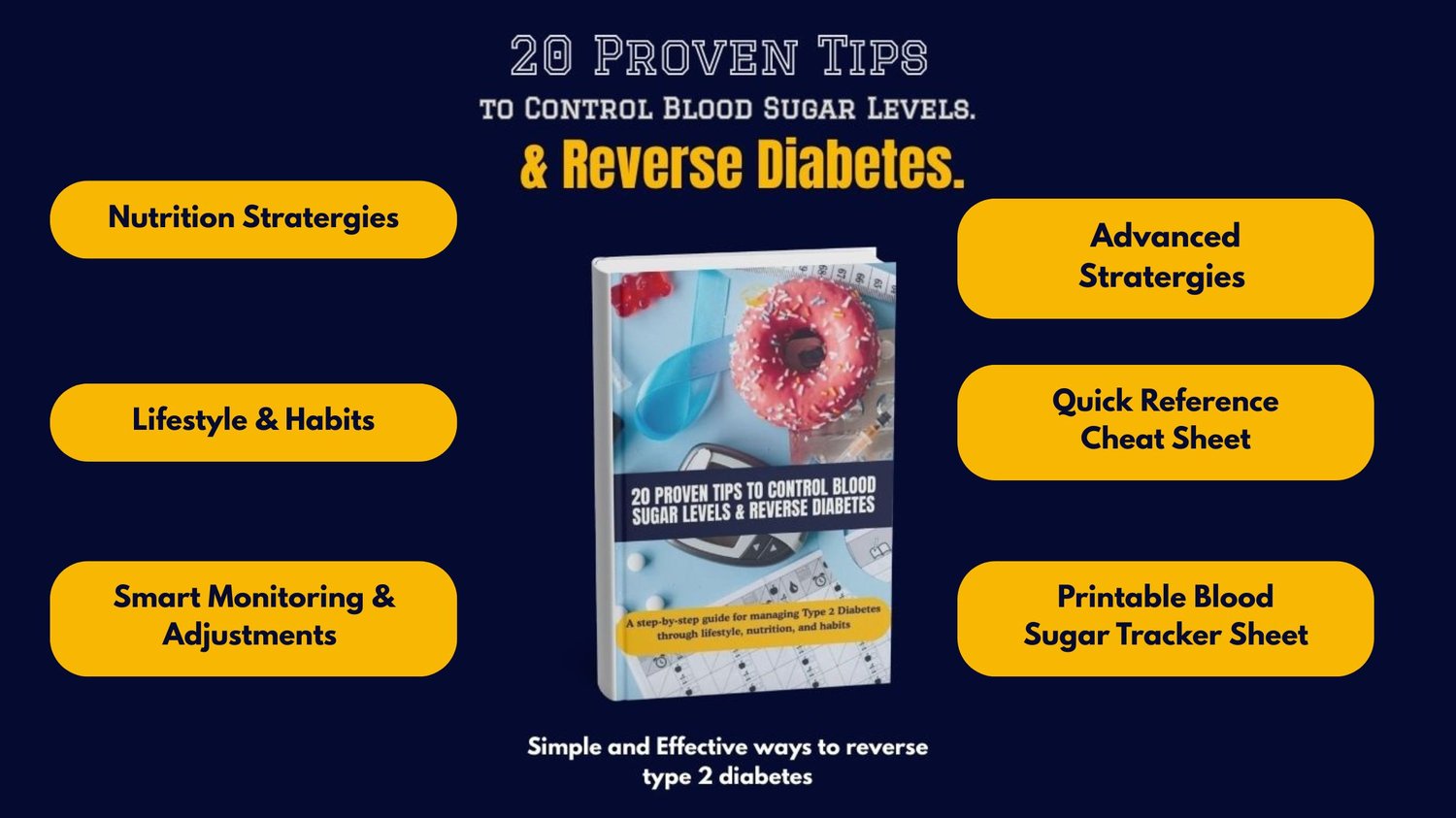Living with high blood sugar can feel overwhelming, especially if you’re newly diagnosed with diabetes or prediabetes. The tricky part is that many people don’t even realize their blood glucose levels are running too high—until the symptoms become serious.
But here’s the good news: by spotting the early warning signs of high blood sugar (hyperglycemia), you can take action today to avoid long-term complications and even work toward reversing type 2 diabetes naturally.

Below are the 10 early signs of high blood sugar you should never ignore.
1. Constant Thirst (Polydipsia)
If you feel like no amount of water can quench your thirst, it may be your body’s way of telling you that your blood sugar is too high. When glucose builds up in your bloodstream, your kidneys work overtime to flush it out, leaving you dehydrated.
2. Frequent Urination (Polyuria)
Running to the bathroom all day (and night)? Excess sugar in your blood makes your kidneys release more urine, which is one of the earliest and most common symptoms of prediabetes and diabetes.
3. Unusual Hunger (Polyphagia)
Ever feel hungry right after eating? High blood sugar prevents your body’s cells from absorbing glucose properly. This leaves your brain thinking you need more food, even when you’ve had enough.
4. Fatigue and Low Energy
When your body can’t use glucose efficiently, your energy drops. That’s why people with insulin resistance or prediabetes often feel drained, sluggish, or mentally foggy.
5. Blurred Vision
If your vision suddenly gets blurry, it could be due to fluid shifts in your eyes caused by high blood sugar. Left unchecked, this can lead to serious eye complications like diabetic retinopathy.
6. Slow-Healing Cuts and Wounds
High blood sugar damages blood vessels and lowers circulation, which means your body heals more slowly. If you notice small cuts, sores, or bruises taking longer than usual to recover, it’s worth paying attention.
7. Tingling or Numbness in Hands and Feet
This symptom, known as diabetic neuropathy, is a sign that high blood sugar is affecting your nerves. Catching it early is key to preventing long-term nerve damage.
8. Frequent Infections
Recurring yeast infections, skin infections, or urinary tract infections are another red flag. Elevated glucose creates the perfect environment for bacteria and fungi to thrive.
9. Unexplained Weight Loss
If you’re losing weight without trying, your body may be breaking down fat and muscle for energy because it can’t access glucose effectively.
10. Irritability and Mood Swings
High blood sugar can impact your hormones and brain function, making you feel more anxious, moody, or easily frustrated.
Why Acting Early Matters

Ignoring these signs doesn’t just risk short-term discomfort—it can increase your chances of developing type 2 diabetes complications like heart disease, kidney problems, and vision loss.
The good news? With the right changes in your diet, lifestyle, and daily habits, you can take control of your blood sugar—and even reverse prediabetes or type 2 diabetes naturally.
Take the First Step Toward Better Blood Sugar Control
If you’re serious about getting your blood sugar under control, my eBook “20 Proven Tips to Control Blood Sugar Levels & Reverse Diabetes” is your perfect next step.

Inside, you’ll discover:
✅ Simple food swaps that prevent blood sugar spikes
✅ Easy-to-follow strategies to improve insulin sensitivity
✅ A step-by-step prediabetes diet plan
✅ Actionable tips backed by science for glucose control
👉 Get your copy today and start your journey to better health.
Don’t wait until symptoms get worse—take charge of your health now and enjoy stable blood sugar, more energy, and a healthier future.





